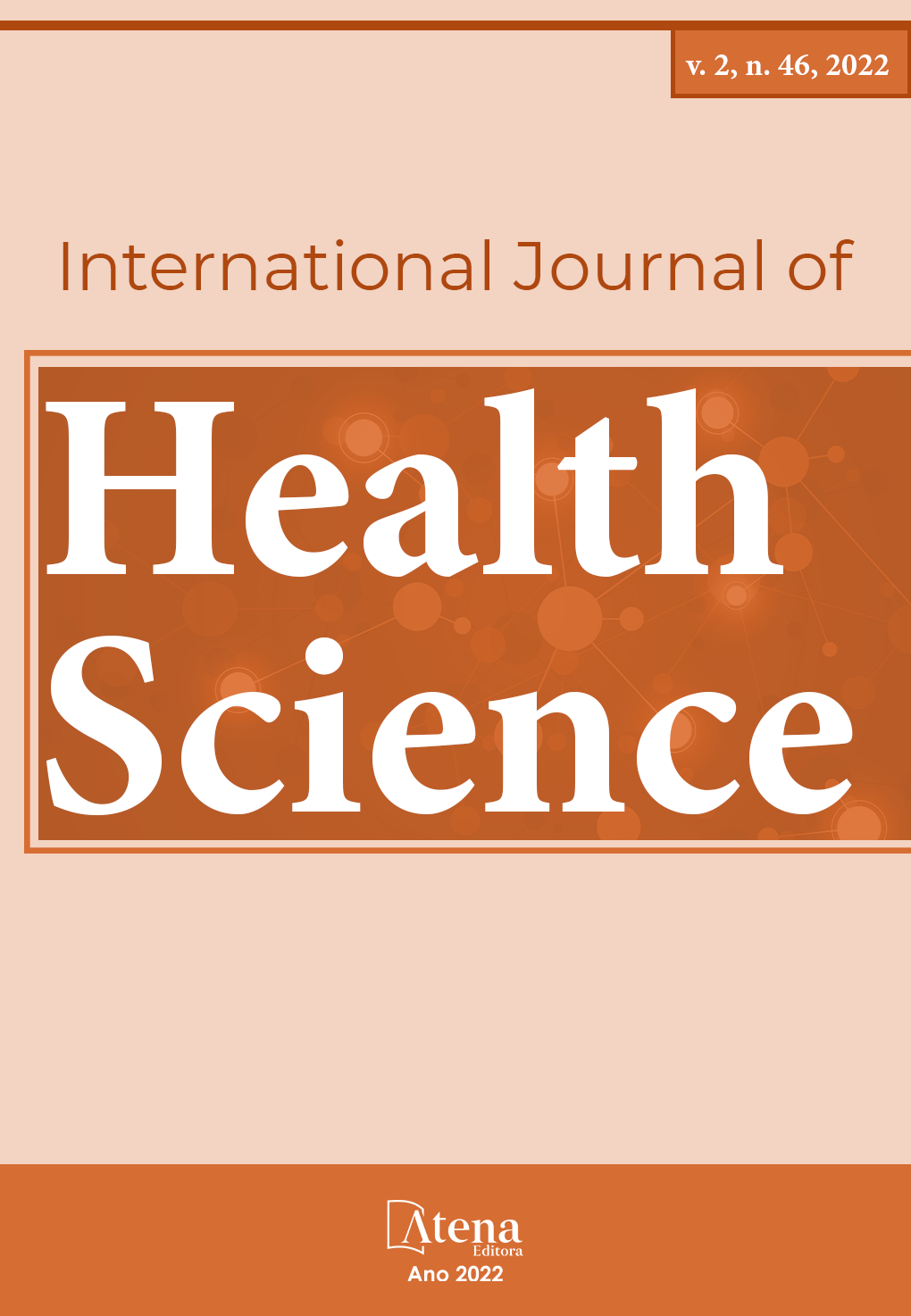
VULNERABILITIES OF ADOLESCENTS TO SEXUALLY TRANSMITTED INFECTIONS: A BIBLIOGRAPHIC REVIEW
Introduction: The most important tool in preventing problems related to the reproductive and sexual health of adolescents is education. When the beginning of sexual life is accompanied by a lack of guidance and prevention, the adolescent is placed in risk situations, such as Sexually Transmitted Infections (STIs) and unwanted pregnancy. Goal: to investigate the vulnerabilities among adolescents for the occurrence of Sexually Transmitted Infections. Method: This is a literature review, with data collection performed through a search in the MEDLINE, LILACS, ADOLEC, SciELO, REDALYC and BDENF databases during the month of April 2020. The descriptors used were: adolescent; sexual behavior; Sexually Transmitted Infection; knowledge; condom; risk factors; sex education; and acquired immunodeficiency syndrome. Results: surveys were found mostly carried out in public schools (82%) in the Northeast (47%). The most cited risk behavior was inconsistent condom use, followed by early sexual initiation and alcohol use. Insufficient sex education was also widely discussed as a vulnerability factor. Conclusion: it was possible to identify a profile of greater susceptibility to STIs, demonstrating the existence of broader contexts. In this sense, sex education and public health stand out in the prevention of STIs.
VULNERABILITIES OF ADOLESCENTS TO SEXUALLY TRANSMITTED INFECTIONS: A BIBLIOGRAPHIC REVIEW
-
DOI: 10.22533/at.ed.1592462208089
-
Palavras-chave: Adolescent; sexual behavior; Sexually Transmitted Infection; sex education; Condom
-
Keywords: Adolescent; sexual behavior; Sexually Transmitted Infection; sex education; Condom
-
Abstract:
Introduction: The most important tool in preventing problems related to the reproductive and sexual health of adolescents is education. When the beginning of sexual life is accompanied by a lack of guidance and prevention, the adolescent is placed in risk situations, such as Sexually Transmitted Infections (STIs) and unwanted pregnancy. Goal: to investigate the vulnerabilities among adolescents for the occurrence of Sexually Transmitted Infections. Method: This is a literature review, with data collection performed through a search in the MEDLINE, LILACS, ADOLEC, SciELO, REDALYC and BDENF databases during the month of April 2020. The descriptors used were: adolescent; sexual behavior; Sexually Transmitted Infection; knowledge; condom; risk factors; sex education; and acquired immunodeficiency syndrome. Results: surveys were found mostly carried out in public schools (82%) in the Northeast (47%). The most cited risk behavior was inconsistent condom use, followed by early sexual initiation and alcohol use. Insufficient sex education was also widely discussed as a vulnerability factor. Conclusion: it was possible to identify a profile of greater susceptibility to STIs, demonstrating the existence of broader contexts. In this sense, sex education and public health stand out in the prevention of STIs.
-
Número de páginas: 23
- Aisiane Cedraz Morais
- Ariane Cedraz Morais
- Valterney de Oliveira Morais
- Lis Vitória Avelino de Matos
- Maria Carolina Ribeiro Mota Porto
- Maria Clara Ribeiro Mota Alves
- Caroline Barreto Freire Oliveira
- Gleice Kely Santos da Silva
- Katarine Soares Morais
- Andressa Camille Sampaio Peixoto


